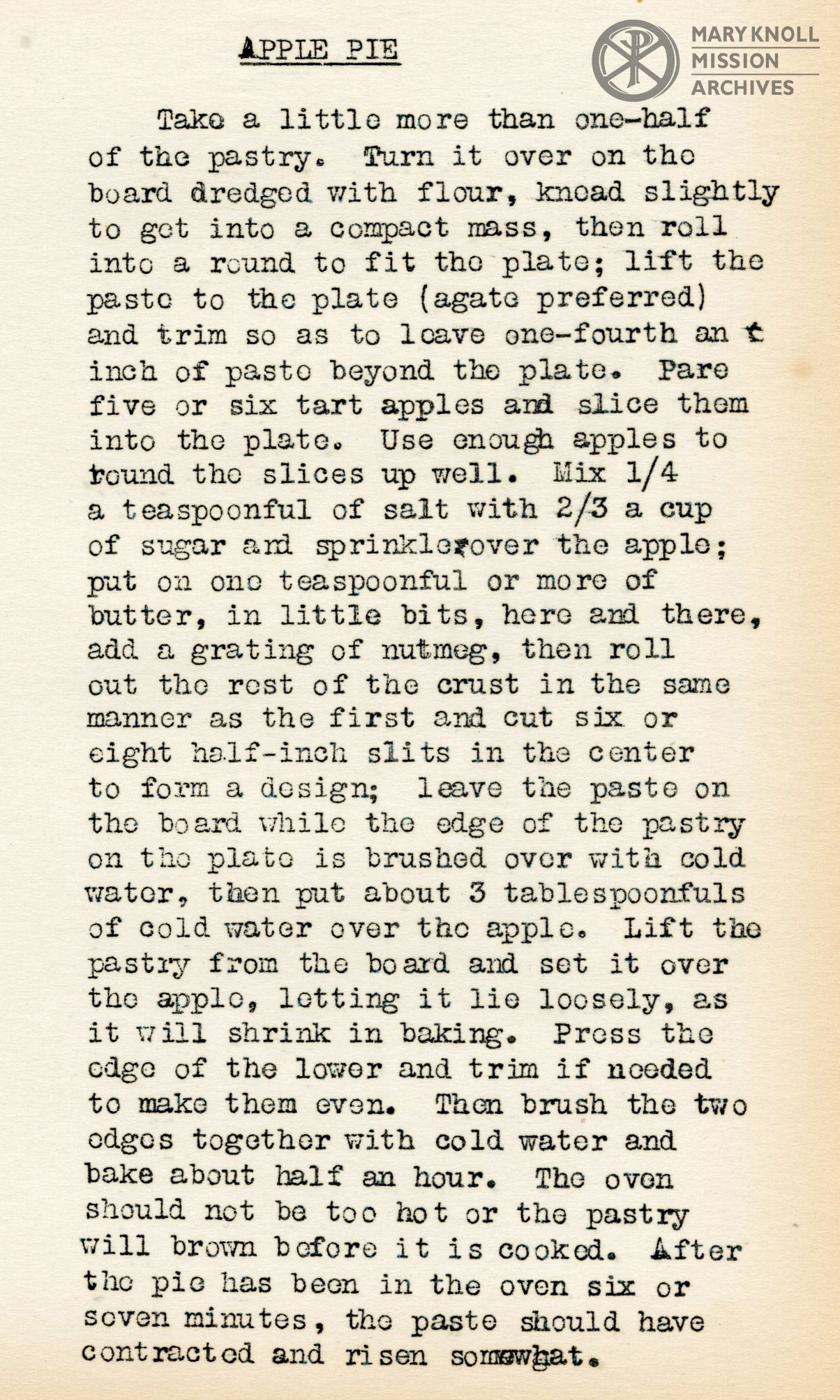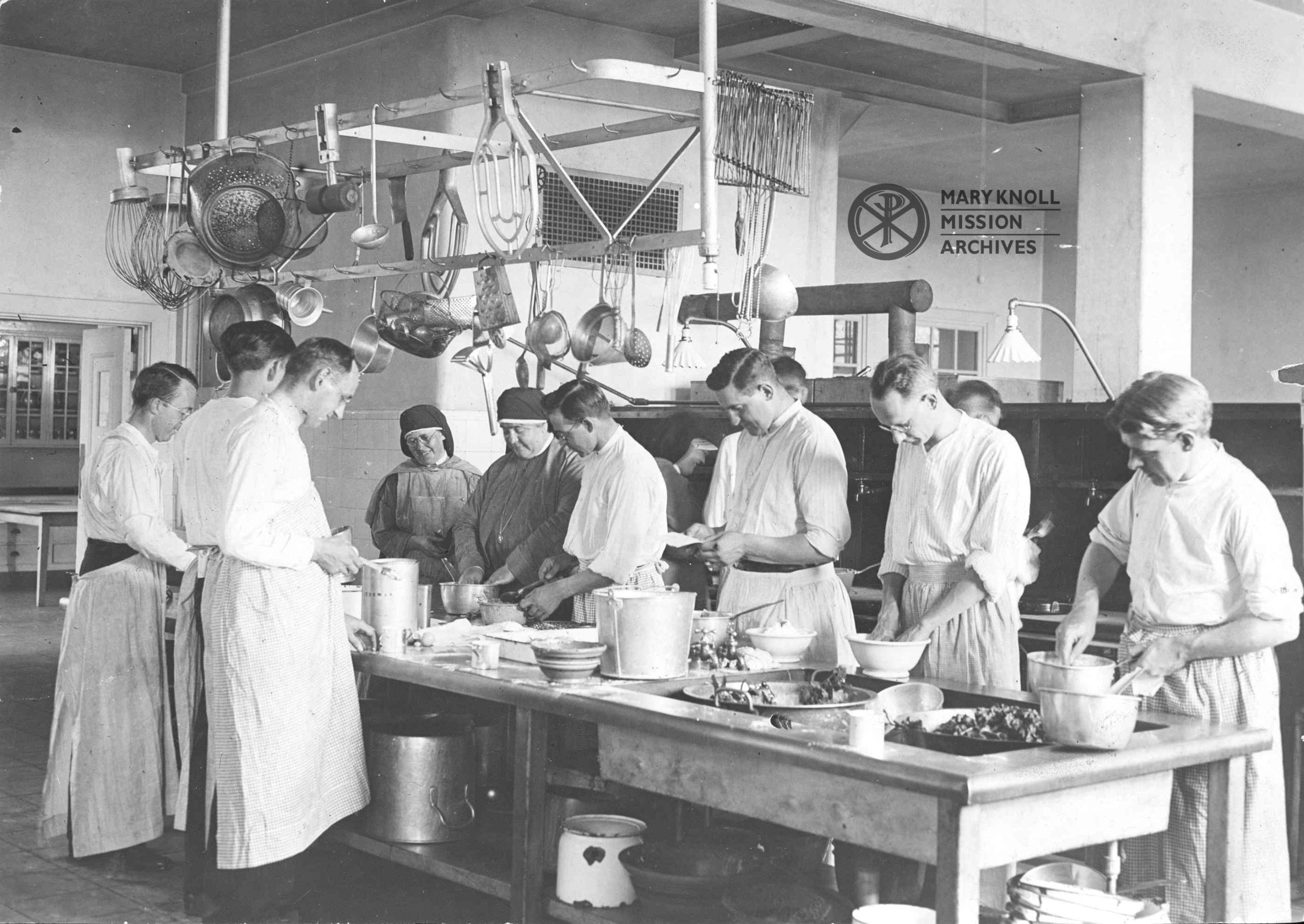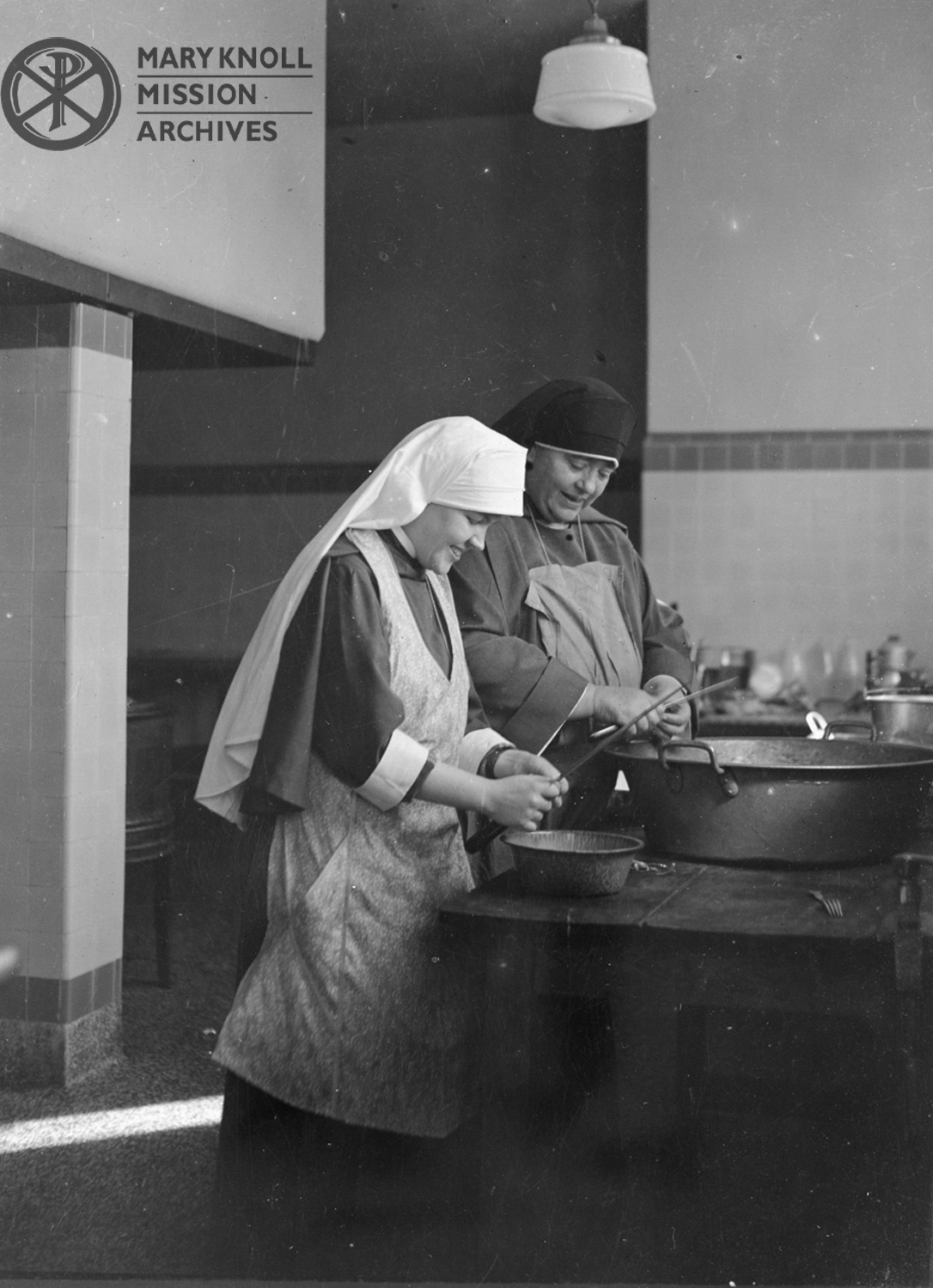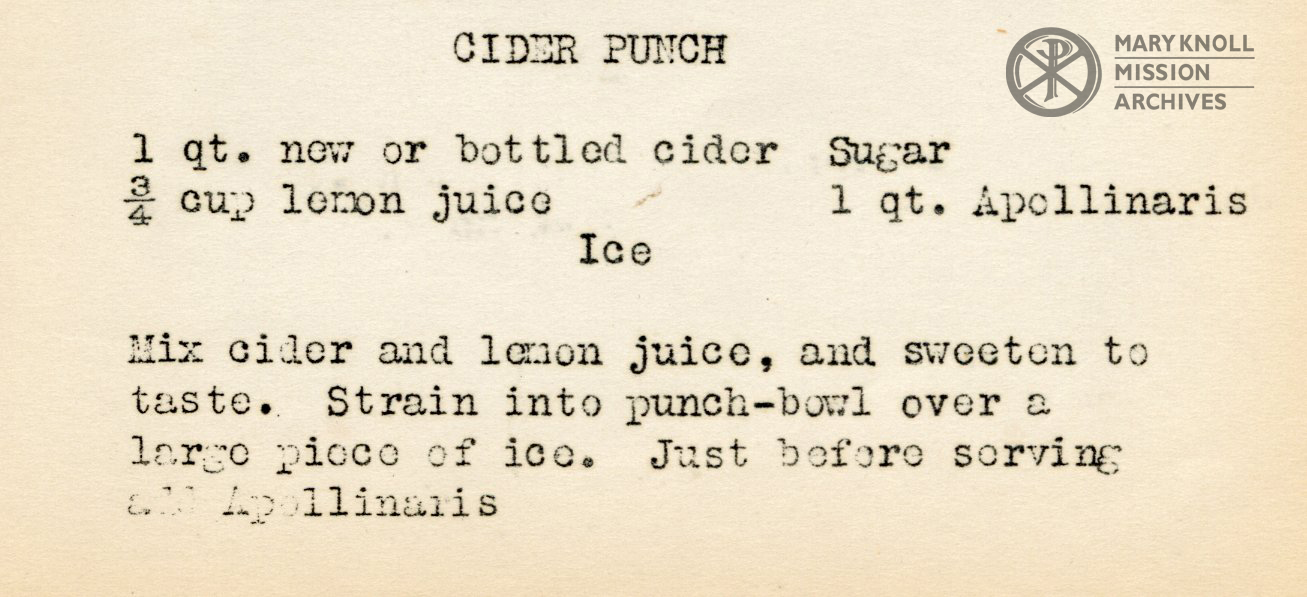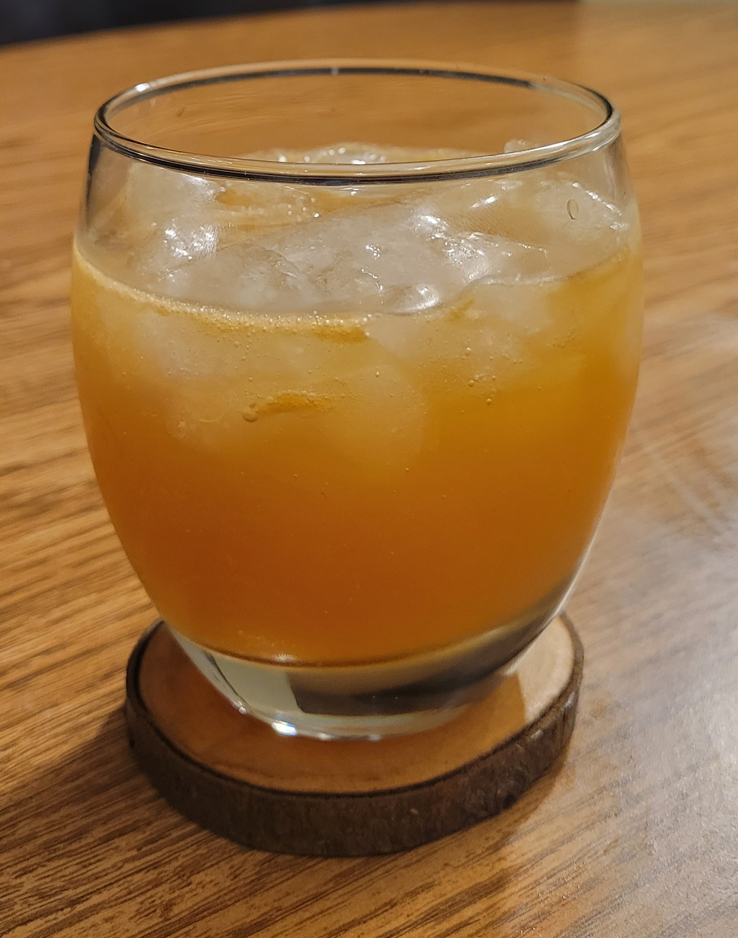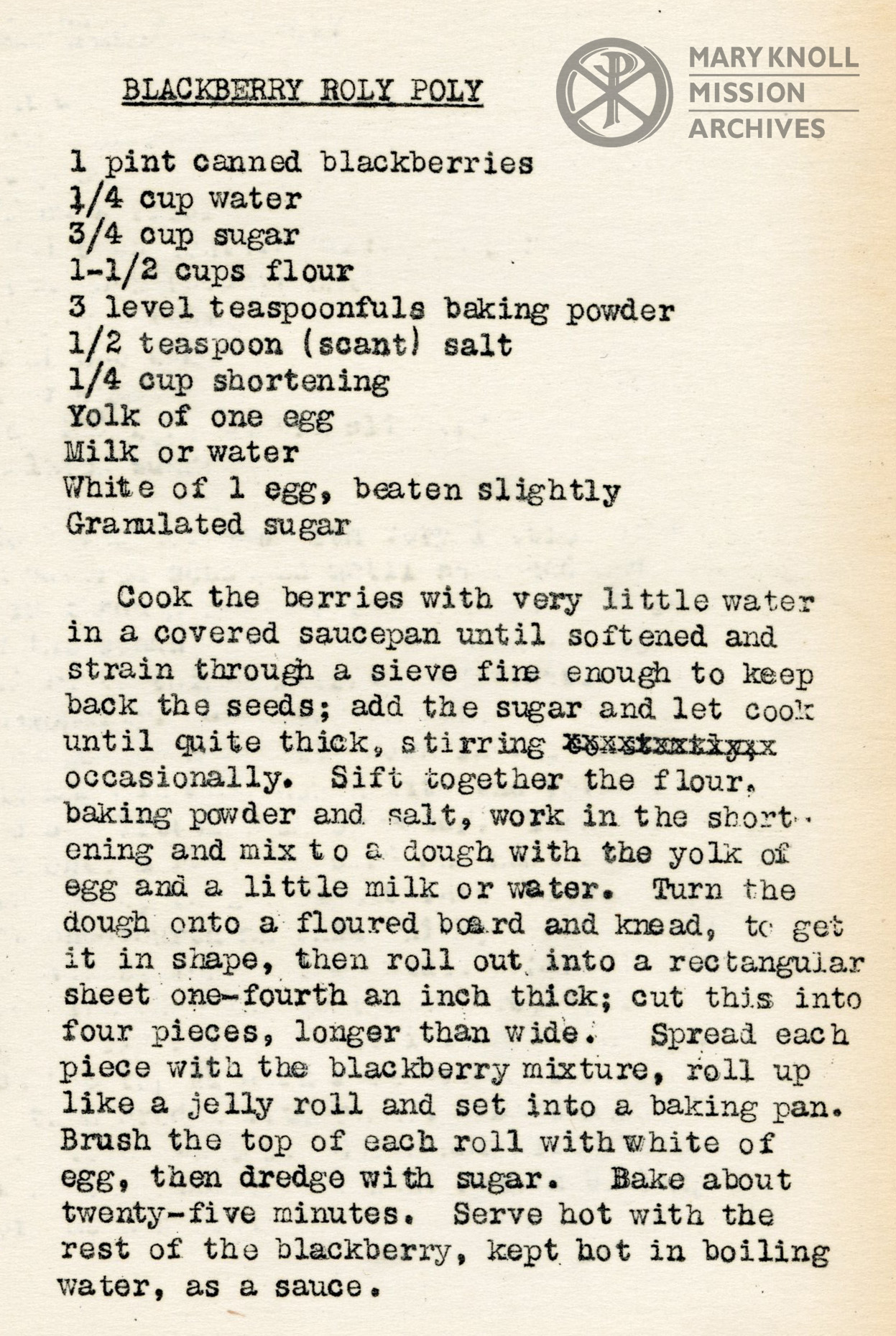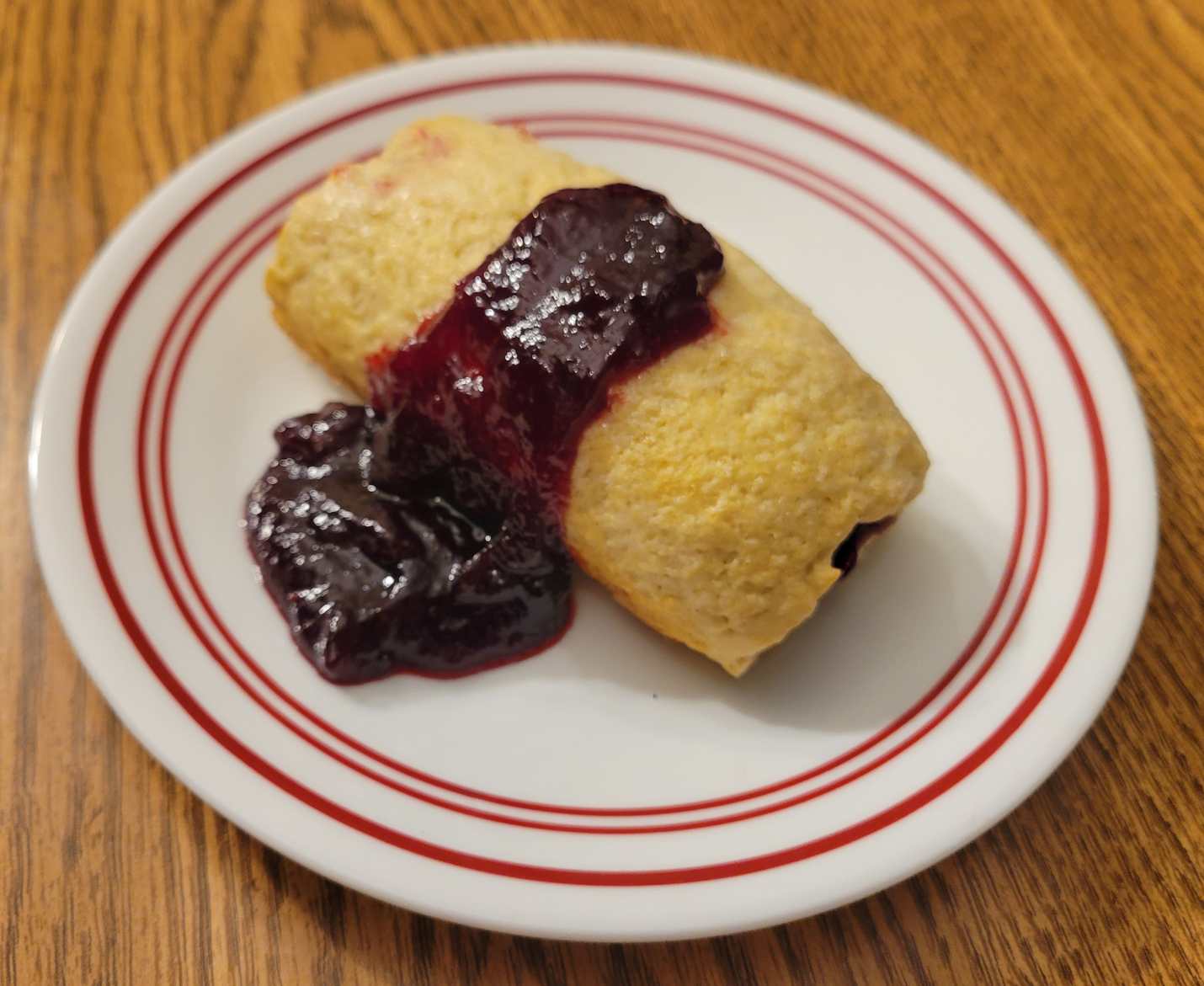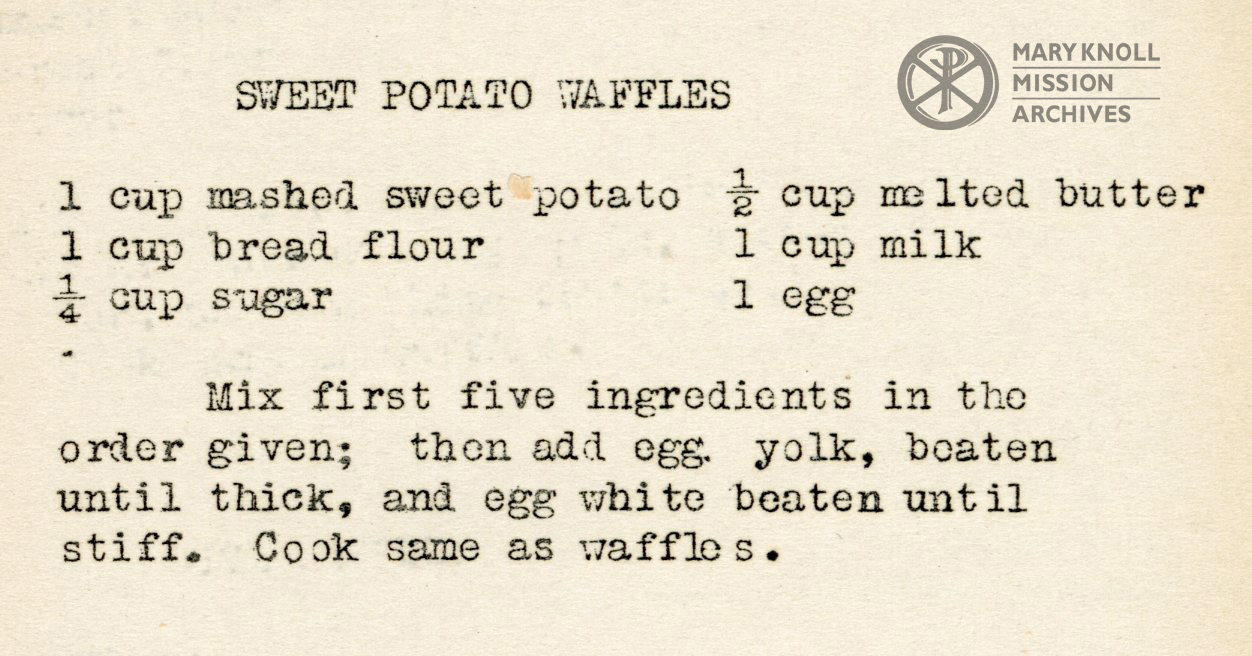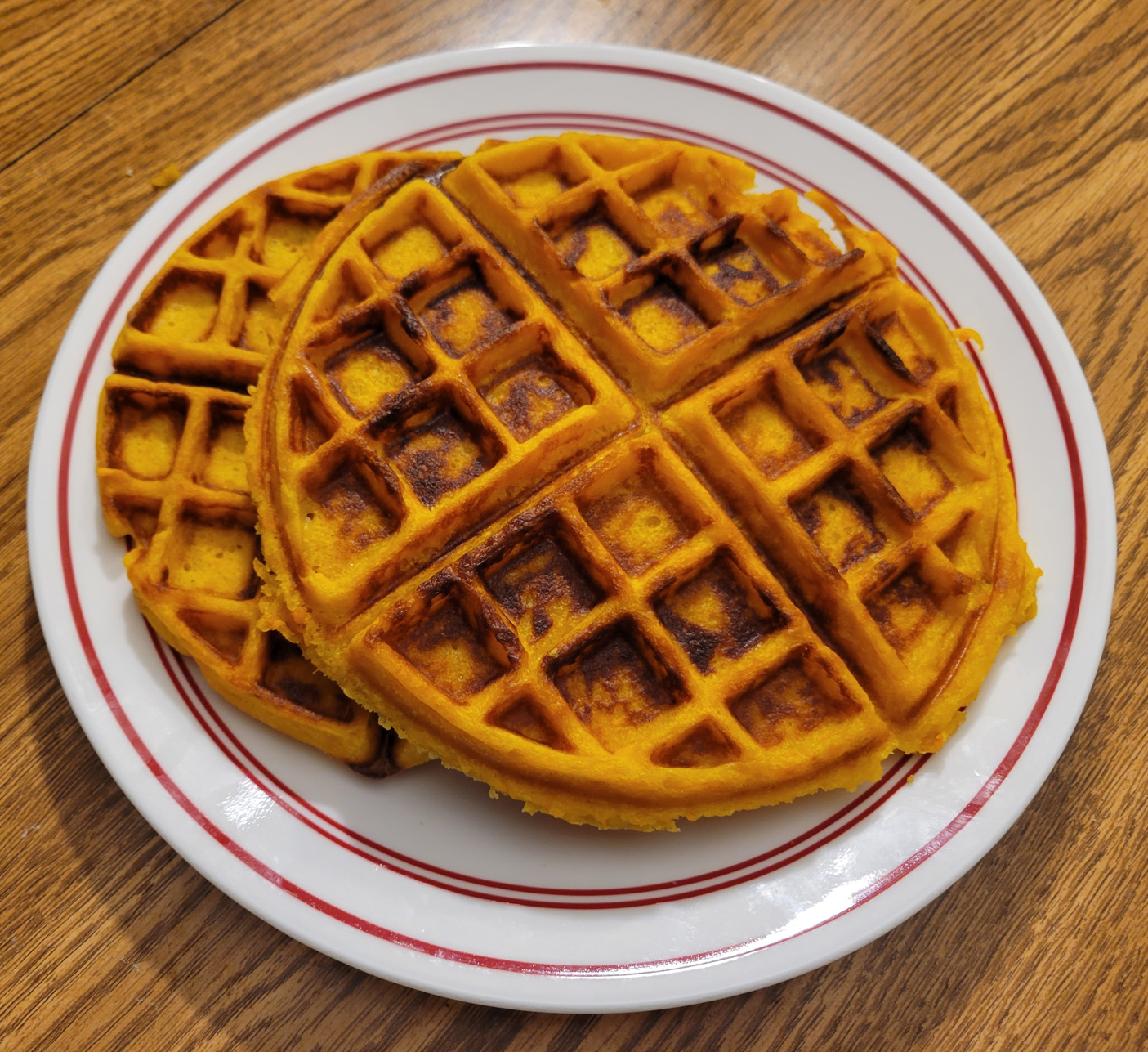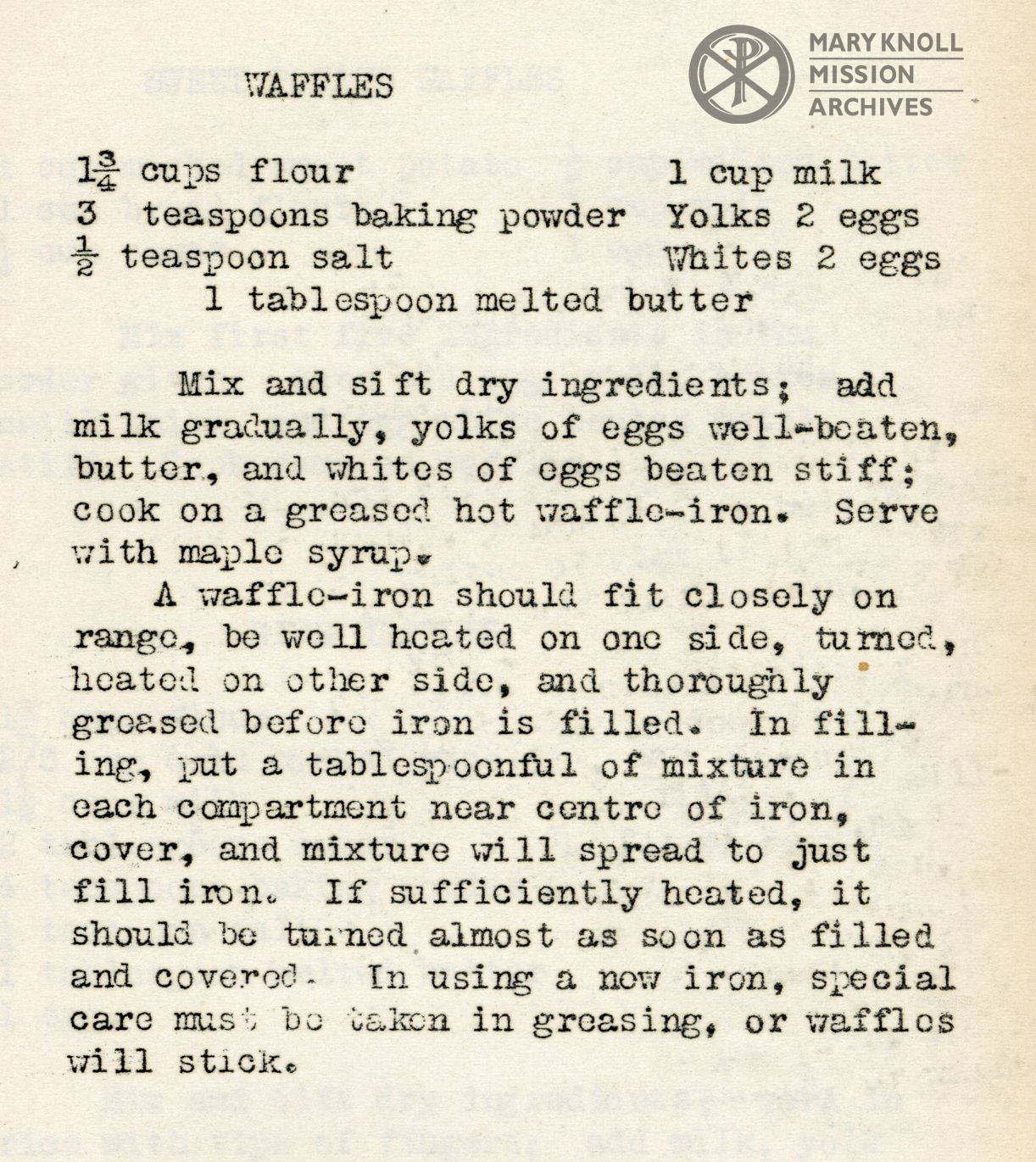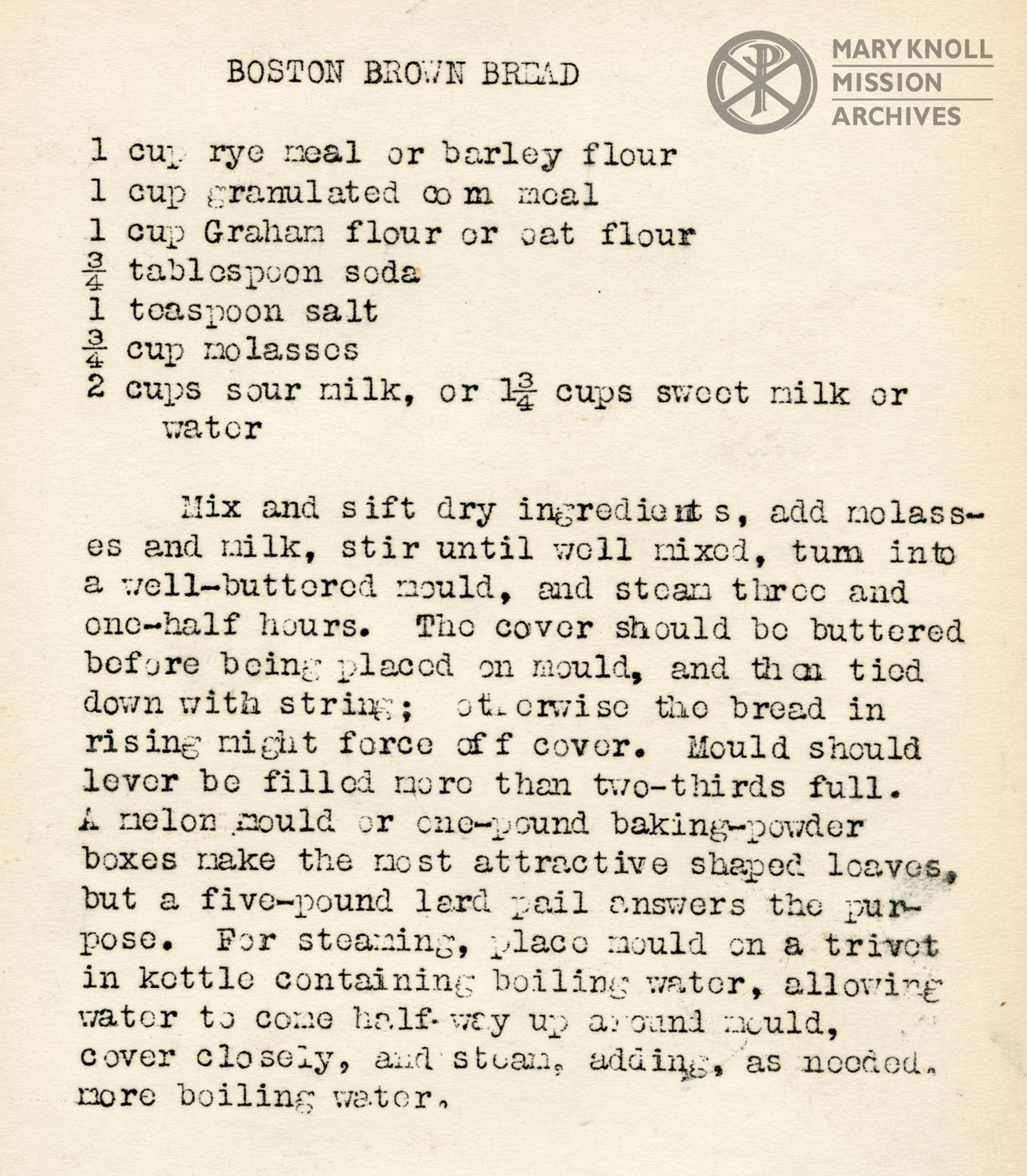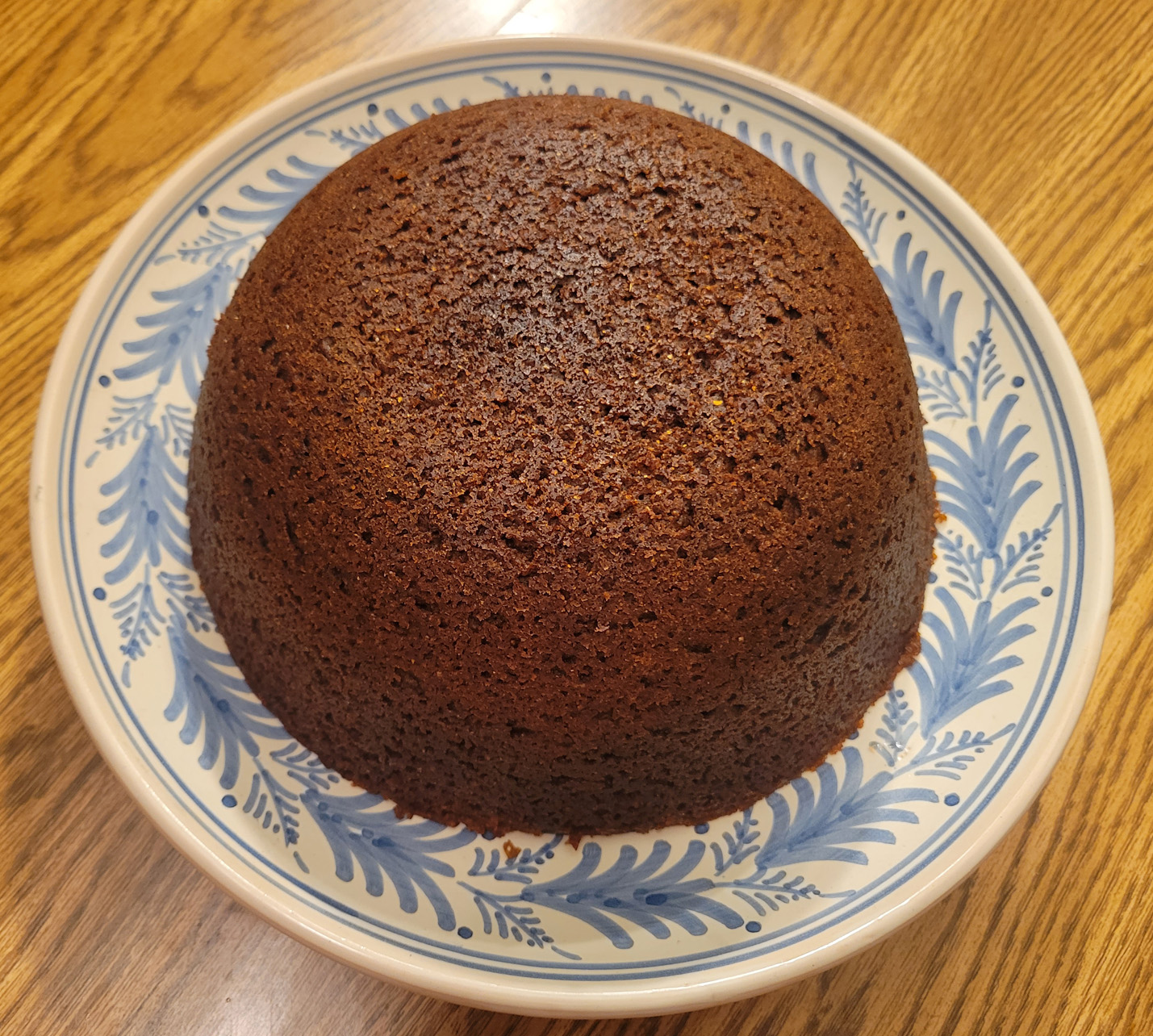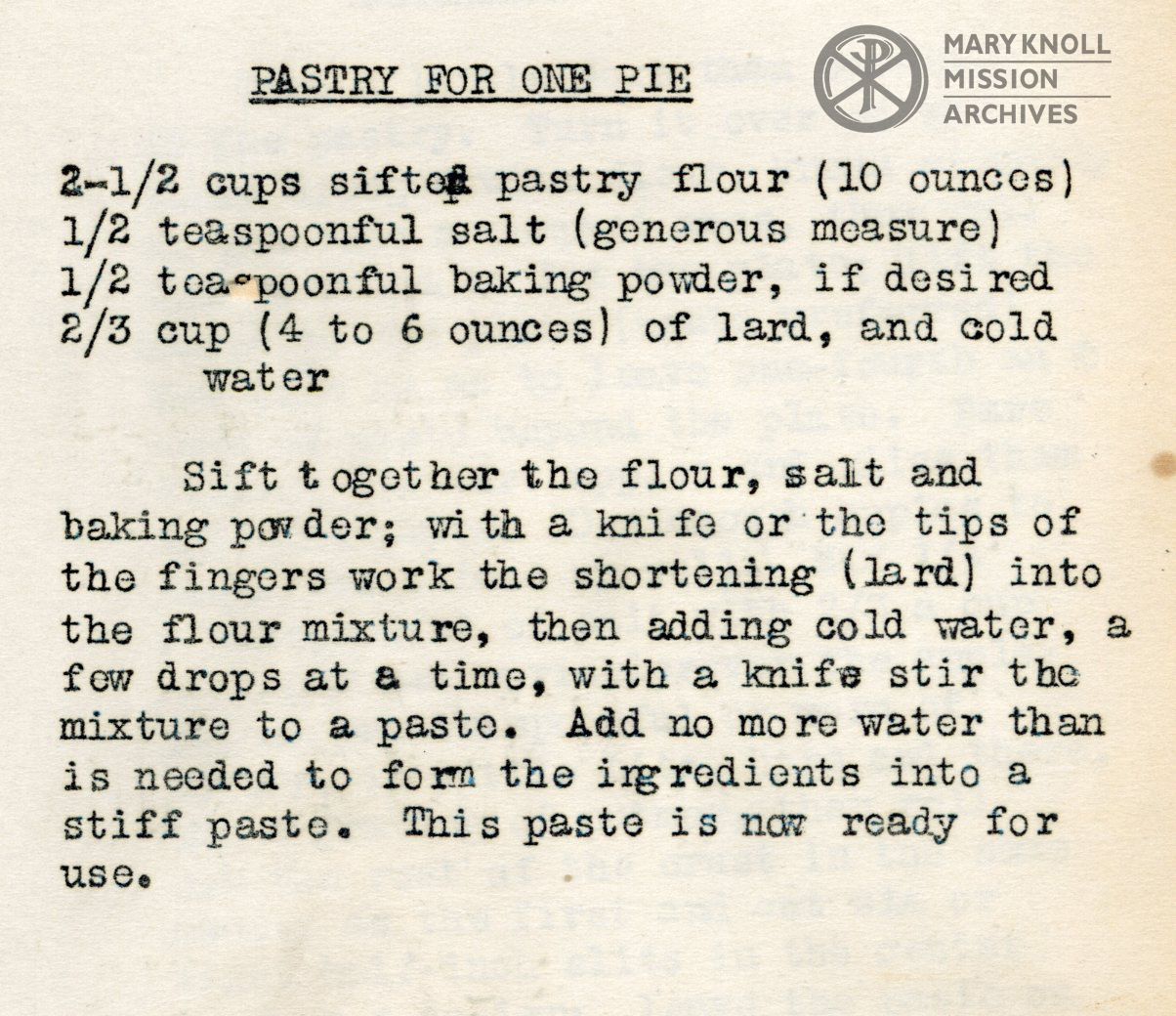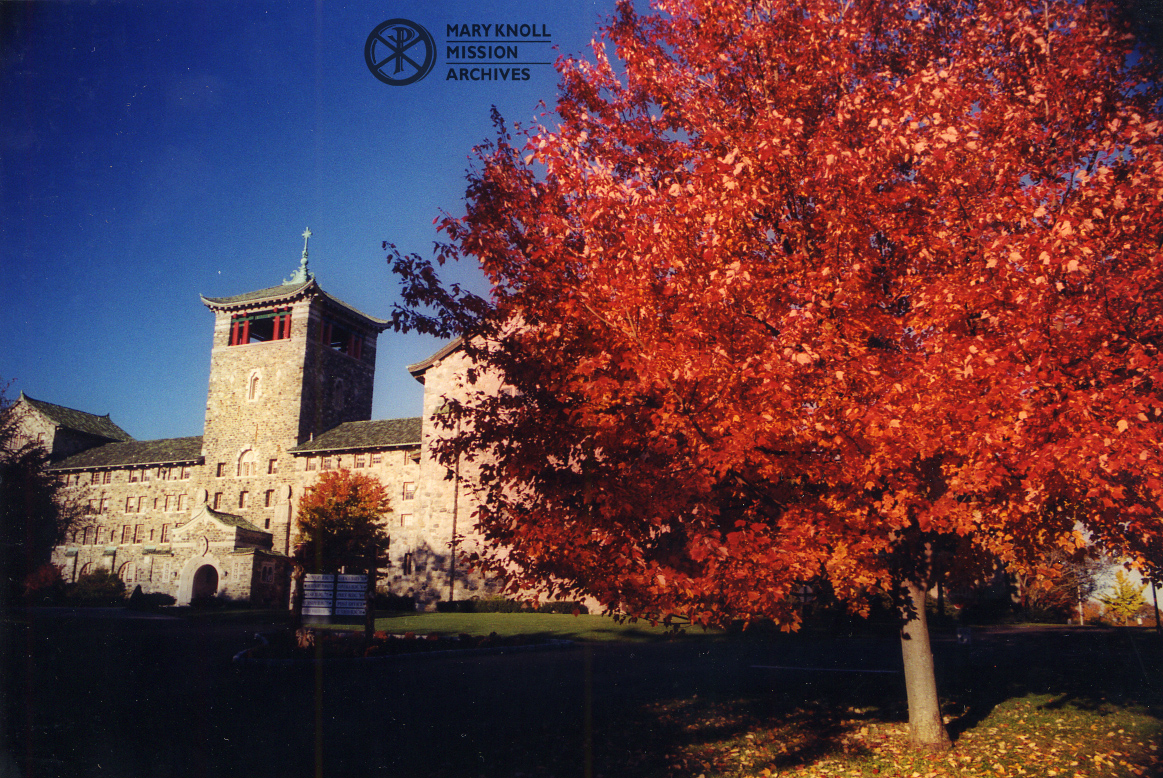Welcome back to another edition of Into the Kitchen with MMJ, where I go back in time and recreate amazing 100 year old recipes! As usual, I will be taking my recipes from the cookbook compiled by Mother Mary Joseph in the 1920s for outgoing Maryknoll Missioners. This time we will be looking at a few fall-themed recipes that take full advantage of the season. I will start by presenting each dish and share what we thought of it. Each section will also include tips for making the recipe at home if you’d like to try it out!
If you would like to check out the other editions of Into the Kitchen with MMJ, click the links below:
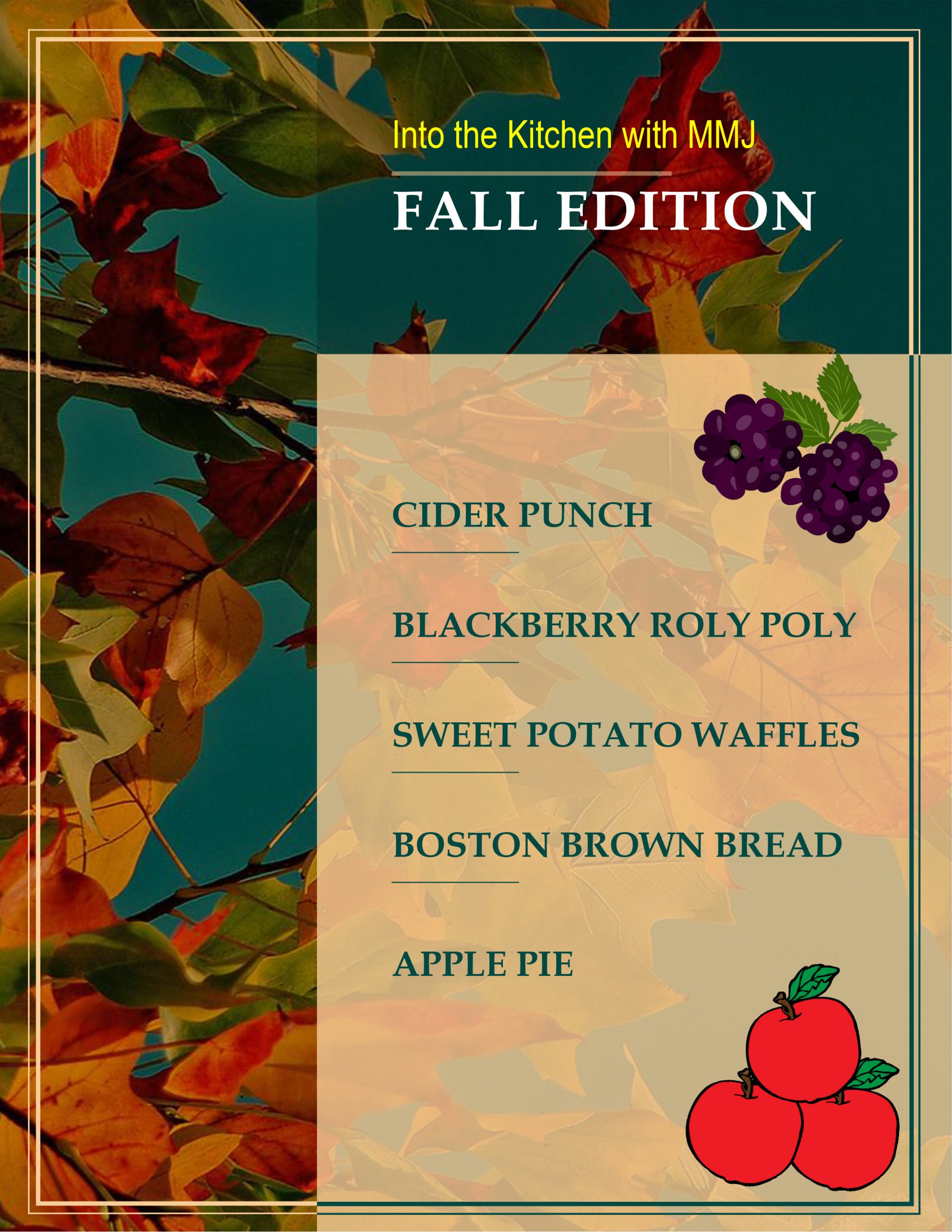
Cider Punch
A Refreshing Drink perfect for the Fall
What Did We Think?
“Tastes just like the fall.” That is what we collectively felt about this beverage. I was a bit surprised at how well the lemon and cider worked together. The citrusy notes and acidity of the lemon helps balance what is usually very sweet apple cider. The other nice thing is the recipe innately has you adjust the sugar yourself, making it suit your palate.
I should also note that it is typically hard to find Apollinaris in your average grocery store. You can use any neutral sparkling beverage you want, but I suggest a sparkling mineral or spring water as the best substitute. For my batch I used San Pellegrino since it is one of the most readily available mineral waters.
Historian’s Corner
This recipe is pretty simple and easy to make. You put a bunch of ingredients together and sweeten it to your taste. Is there anything really to talk about?
Well yes, there is, and it all relates to the word cider. As a native New Yorker living in the Hudson Valley, to me the word cider has always meant unfiltered apple juice. It is particularly great in the fall when the apples are fresh and it is what I used for this recipe. However, it has not always been defined as such.
For most of human history, the term cider has referred to fermented fruit juice (pears and apples being the most popular). In fact, a good chunk of the English speaking world (particularly the UK) still use the word cider in this context. The shift in definition is primarily an American phenomenon, centered around the 1920s. This article gives a brief overview on the topic, but in essence orchards were harder to run than wheat fields, and Prohibition was the final nail in the coffin.
Given that this cookbook was constructed in the 1920s, MMJ could have meant either type of cider. In fact, she does list that you can use “new” or “bottled” cider (presumably whatever you had on hand). The addition of sugar in the recipe makes me think of the fermented stuff, as the extra sweetness would be needed. However, even using fresh cider, the drink was not as sweet as I thought it would be, and definitely needed some sugar to round out the flavor. Honestly use whichever type of cider you would like, I think the recipe is flexible enough for either.
Blackberry Roly Poly
The Afternoon Tea variant of a Swiss Roll
What Did We Think?
These pastries have a very nice balance between sweet and tart. The dough is essentially like a scone and the filling is basically blackberry jam. Add a dollop of clotted cream and you get a perfect accompaniment for afternoon tea! We all agreed that the blackberry is present enough, without being an overpowering flavor. The sugar levels were absolutely perfect on its own, and more of the jam on top (as MMJ suggest) adds a bigger punch of blackberry.
Chef’s Corner
This recipe is essentially a Jelly Roll (a really good one at that), so there are only two major components: the jelly and the dough.
To me, the jelly is the most important bit as it is the primary flavor for this delicious pastry. You could certainly use a store-bought jam, but you will get much better results making your own. This particularly recipe uses blackberries, which I think are an excellent choice for a non-dessert pastry. The tartness of the blackberries, tempered with sugar, create an excellent flavor profile that does not kill you with sweetness.
Feel free to experiment with other fruits, just temper the sugar a bit. Also do not worry about using specifically canned fruits. I myself couldn’t find canned blackberries, so instead I used fresh. Just add a bit extra water and cook for a bit longer. You can also use frozen fruit, in which case I would use a bit less water for the jelly.
As for the dough, my only note is to not work it too much. While MMJ does tell you to knead it, you are mostly just getting in together and shaping it. You are basically making a tighter scone dough, but you do not want a tough pastry for this.
Sweet Potato Waffles
I Can’t Believe It’s Not Sweet-Potato-Fries
Chef’s Corner
When I was making this recipe I noticed something interesting: this is so much simpler than MMJ’s regular waffle recipe. I have put that recipe to the right for comparison, and you can see that it is basically twice as long. In the sweet potato waffle recipe, the proportions are an simple ratio (1 part sugar and egg, 2 part butter, 4 part flour, potato, and milk). Meanwhile the regular recipe is more exact, with specific measurements. The sweet potato waffle recipe is both easy to remember and, besides whipping an egg white, simple to create.
Comparing the two recipes, it is my opinion this is MMJ’s fool-proof waffle recipe. Given the sweet potato, the recipe is generally denser anyways and you can even skip beating the egg white and not see much of a difference. In addition, this recipe is a more complete breakfast with all the nutrients you are getting from the sweet potato. Of course MMJ had to insert a classic waffle recipe (which is the same as what chefs use nowadays), but her sweet potato waffle recipe is a much more practical for overseas missioners.
What Did We Think?
I really shouldn’t have been surprised when these waffles tasted just like sweet potato fries. MMJ did not mention any accompaniments for this recipe, but her normal recipe states maple syrup, and it definitely works. While the waffles are definitely savory, they also have an innate sweetness to them that is complimented by other sweet ingredients. On the other side of the spectrum, we all agreed these would be perfect for some Chicken and Waffles.
Also note that the waffles are much better fresh than reheated. They are pretty soft when you first take them out of the waffle maker, but within a minute they get really crisp. Upon reheat they stay soft and get a bit gummier. I should also note that the recipe makes about 3 waffles, so plan accordingly when making it.
Boston Brown Bread
Dense, a little sweet, and an unique texture
What Did We Think?
For something with almost a full cup of molasses, the Boston Brown Bread was not nearly as sweet as we thought it would be. Instead, what we got was something just sweet enough to not be a traditional bread, but not quite dessert level. The use of whole grain flours also gives the bread a more nutty flavor than a standard white bread.
In addition, the cornmeal in the recipe created an interesting texture. It is a bit grainy, but not unpleasantly so, and the uniqueness of it all makes it stand out. Overall we really liked the Boston Brown Bread, and it goes particularly well with some salted butter (particularly European style butter, which tends to be richer).
Chef’s Corner
Much like Boston Baked Beans (featured in the Spring edition), the name of this recipe comes from the use of molasses. You can check out the history behind that in the section on the baked beans. Instead, let’s talk about what makes this recipe unique: the English-style steaming method.
This bread is not really made like most bread we’d be familiar with (pop it in the oven and let the yeast do the work). Instead this recipe is akin to an English style pudding (think figgy pudding), though a bit denser. Instead of yeast, pudding uses baking powder (activated by moisture) to create the rise of the bread. As well, steaming the bread creates a moist, low temperature, and consistent environment for it to cook. While this method does take longer, it usually creates a fairly consistent crumb and is much harder to overcook (unless you run out of water).
I should also talk about the two different flours in the recipe, as they are not ones people tend to be familiar with. Graham Flour is essentially whole wheat flour (uses all the layers of wheat grain), created by Sylvester Graham, the same guy behind the graham cracker. As for rye or barley flour, they are much harder to come across. Despite the popularity of rye bread, rye flour does not appear in most grocery stores. You will have an easier time searching for either Amaranth or Spelt flour, which will be suitable substitutes for the recipe. The flavor won’t be exactly the same, but it will be close enough.
Apple Pie
Just like Mother (Mary Joseph) used to Make!
But First, What Makes Good Pastry?
When I read Mother Mary Joseph’s first line in the introduction to pastries and pies, I knew I had to share it. I would wholeheartedly agree with her on this, it is a rule that men are fond of pastry, though I bet most women are too. Regardless of the semantics, I find the information MMJ gives in this intro to be really intriguing. She breaks down the concept of pastry into its base components, essentially creating a formula that anyone can use.
She details ingredient ratios, the effects of different fats, and the how water affects the pastry. In two short paragraphs, MMJ essentially gives a master class on everything you need to know about making good pastry. With her guidance, anyone can make great pastry, anywhere, with any ingredients.
What Did We Think?
This recipe has a special, homely feel to it. We likened it to the apple pie Grandma would make. It just made you feel warm and comfortable inside. The base recipe uses lard, which created a really tender and soft crust. In comparison, most butter-based crusts would have been flakier and had a crispness to it. We actually preferred the softer crust, as it made it easier to eat, though you definitely sacrifice on flavor a bit.
One of the other major differences was the spice used in her recipe. Interestingly MMJ only calls for nutmeg, where most modern recipes would call for cinnamon. We actually really liked the change, as it allows MMJ’s recipe to stand out amongst more modern apple pie. Overall two big thumbs up for MMJ’s apple pie!
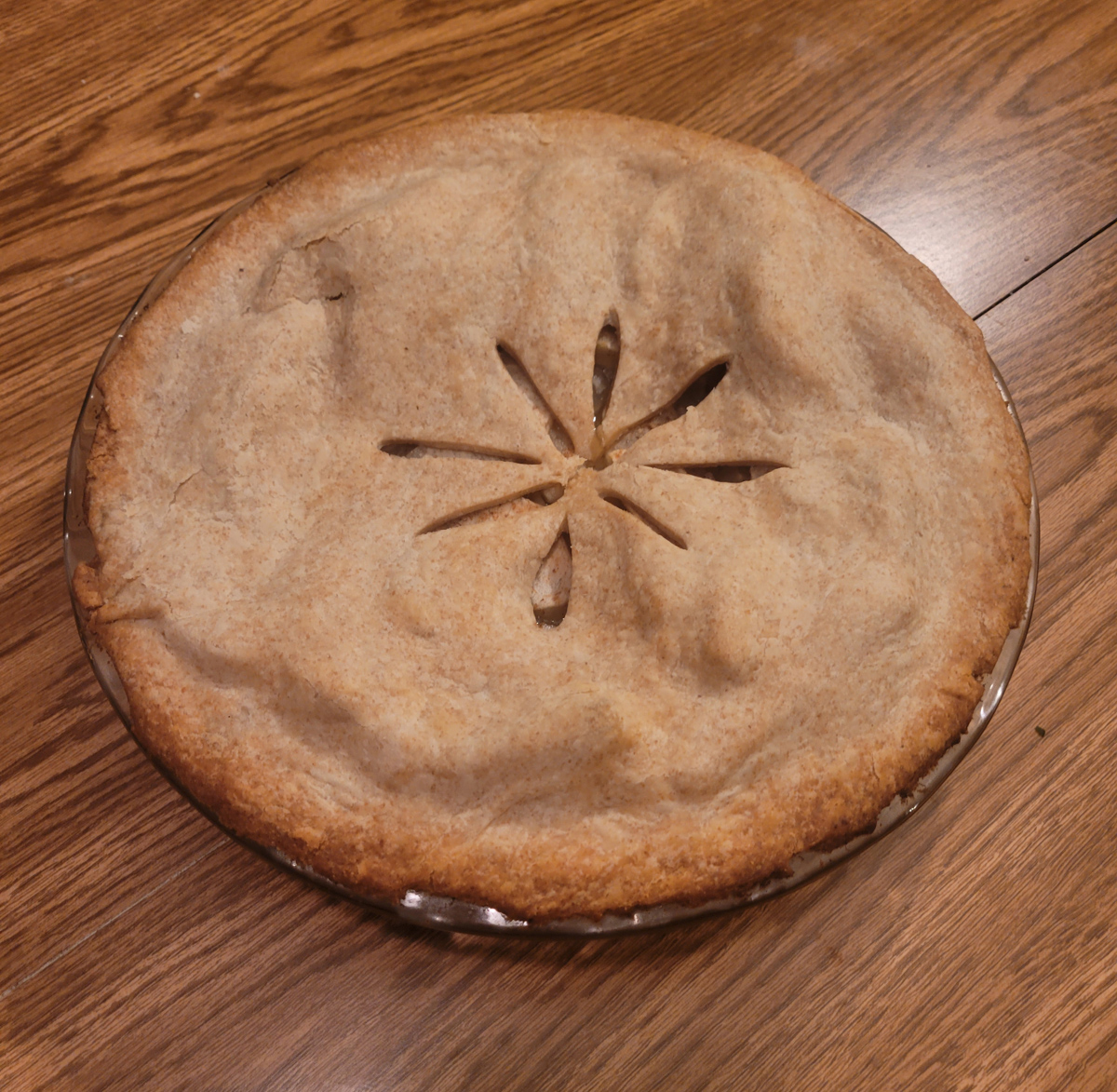
Chef’s Corner
This MMJ recipe is actually fairly straight forward as long as you follow her advice and you read her introduction on pastries and pies. The most important part when making the dough is to add the water slowly, about 1-2 teaspoons at a time. I ended up using about 3-4 tablespoons of water total for my dough, but your mileage may vary. You will know your dough is done when it is shaggy, but not dry, and comes together easily into a ball.
While straight forward, there were two mysteries I had to solve when making the recipe: the type of apple and cooking temperature. For the type of apple, I wanted to find something that was both historical and fits the description of a “tart apple”. The best variety would have been Twenty Ounce apples, but they don’t come into season until later in September. Rome apples could work, but they are an October variety. Jersey Macs are another possibility, but they weren’t developed until the 1960s. This left me with the Granny Smith and the Cortland, both good apples for baking. For my pie I chose to use Cortland, as they tend to be a sweeter apple, but Granny Smiths should work as well.
As for cooking temperature, that is a much trickier situation. MMJ only gives us a time (half an hour) and a description of what the crust should look like after 7 minutes. I looked at more modern recipes, which typically bake at 350°F for about 40-50 minutes. For my attempt I chose to go with 350°F, and the result was a much softer filling. To recreate MMJ’s pie, I would bake at 380°F-400°F for the requisite 30 minutes. I should also note that if you use lard for your crust, it will not crisp and brown like a butter crust would. It should still be firm and light brown when done.
